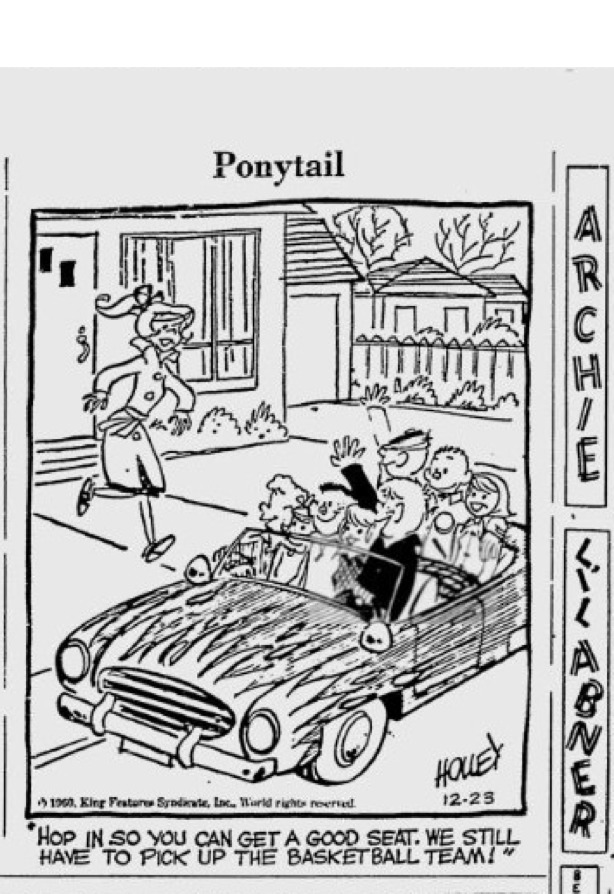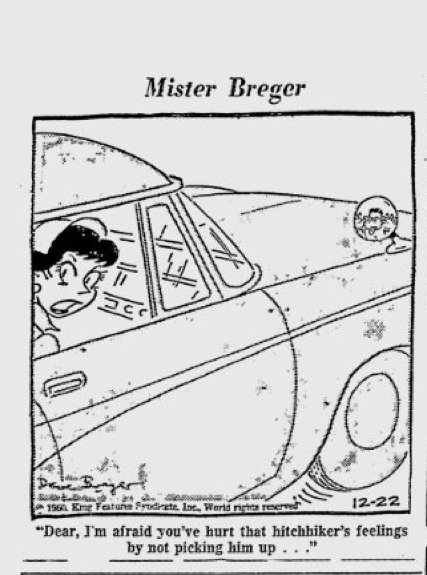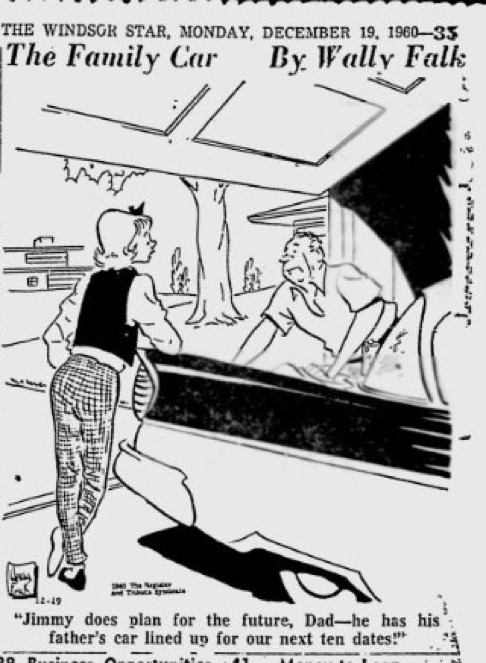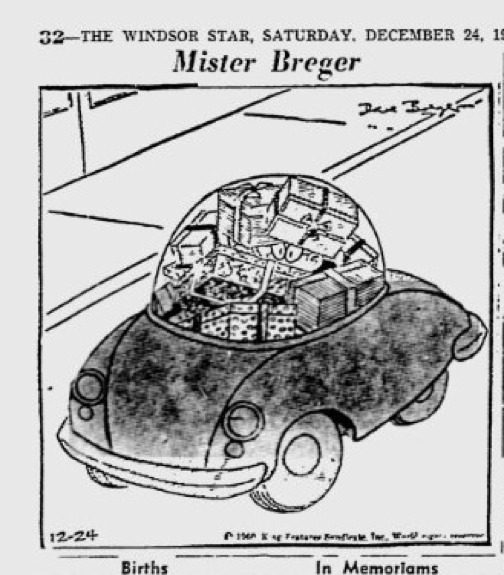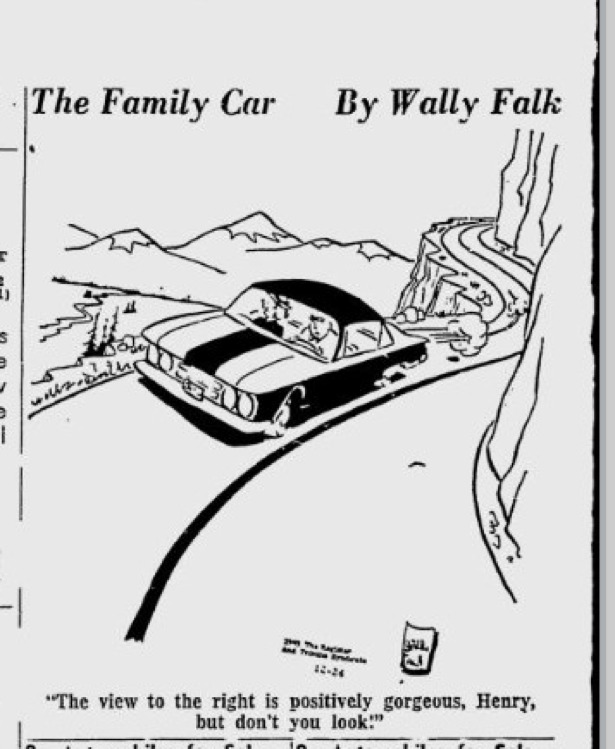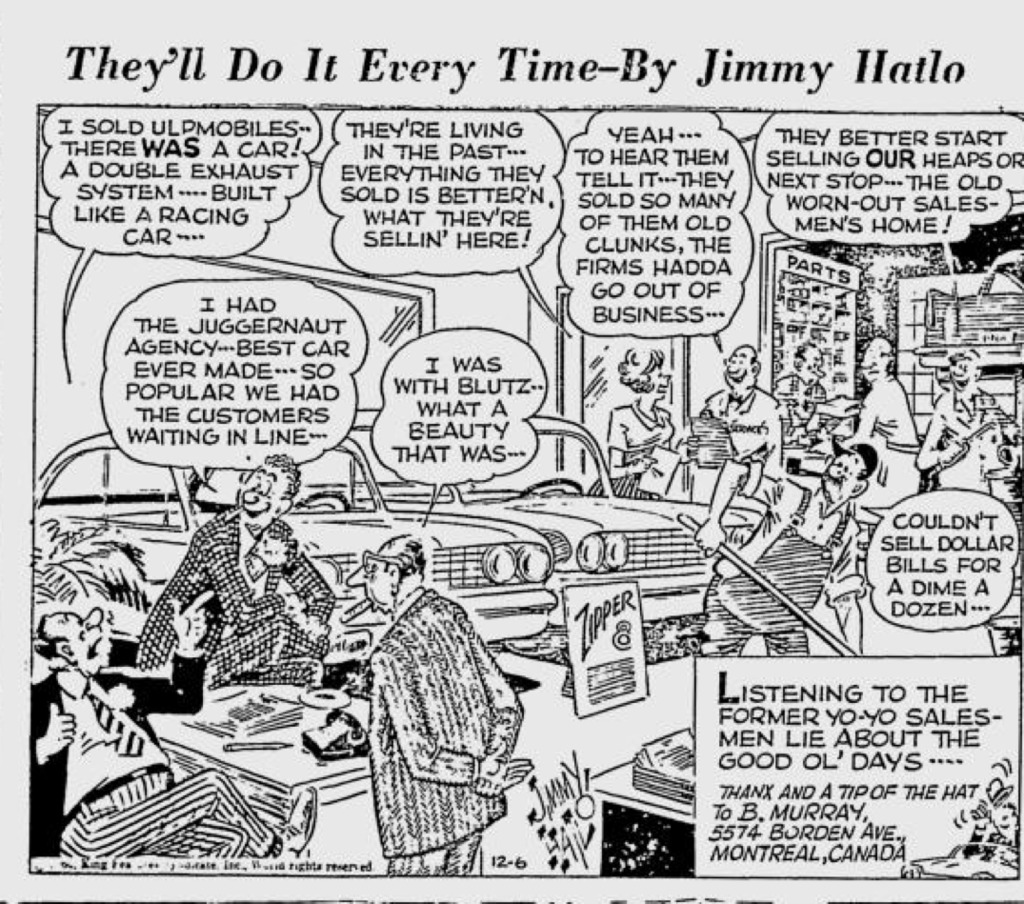Comics
Car comics are useful because it provides an element of social commentary to the evolution of the depiction of the car, and what the car meant to specific people at this given time. It is not meant to describe what people exactly thought of the car or peoples relationships with the car, but to demonstrate how these cartoons exaggerate some thoughts of the car or peoples relationship with the car. Cartoons portray societies certain expectations and cartoon artists use it to make humorous remarks that caters to a wide audience. These portray an element of sarcasm, irony, but also a subtle level of truthfulness in the advertisements since it is based on some level or reality.


